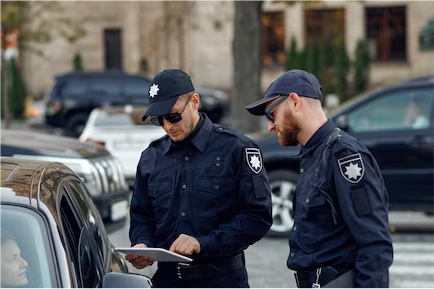Ensuring the safety of educational institutions is a top priority, considering the well-being of students, faculty, and staff. In this examination of educational institution security measures, we delve into the critical aspects that contribute to creating a secure and conducive learning environment.
Risk Assessment
The foundation of any robust security plan begins with a comprehensive risk assessment. Educational institutions are diverse environments, each with unique challenges. Conducting a thorough analysis helps identify potential vulnerabilities, assesses the impact of various threats, and tailors security measures to the specific needs of the campus.
Access Control Systems
One of the fundamental elements of educational institution security is effective access control. Implementing secure entry points, key card systems, and biometric access controls helps regulate and monitor who enters and exits the campus. This not only prevents unauthorized access but also enhances the overall safety of the institution.
Surveillance Infrastructure
State-of-the-art surveillance systems are integral to monitoring and securing educational institutions. Strategically placed cameras contribute to both real-time monitoring and post-event analysis. Modern systems often include advanced features such as facial recognition and motion detection, providing an extra layer of security.
Personnel Training and Awareness
The human factor plays a significant role in the overall security of educational institutions. Training faculty, staff, and students on security best practices is crucial. This includes recognizing and reporting suspicious activities, understanding emergency response protocols, and maintaining general awareness of one’s surroundings. An informed and vigilant community acts as a collective defense against potential threats.
Emergency Response Planning
Being prepared for various scenarios is essential in ensuring a swift and effective response to emergencies. Educational institutions should have well-defined emergency response plans that cover a range of situations, from natural disasters to security incidents. Regular drills and simulations help ensure that everyone on campus is familiar with the procedures and can respond calmly and efficiently in a crisis.
Cybersecurity Measures
As educational institutions increasingly rely on digital tools and platforms, robust cybersecurity measures are vital. Protecting sensitive information, student records, and intellectual property requires a multifaceted approach. This includes secure network configurations, regular software updates, and ongoing training to prevent cyber threats.
Collaboration with Law Enforcement
Establishing strong ties with local law enforcement agencies enhances the overall security of educational institutions. Collaborative efforts, such as sharing information on potential threats or conducting joint drills, contribute to a more secure environment. Regular communication channels ensure a swift response in case of emergencies.
Community Engagement
Fostering a sense of community and engagement contributes to a safer campus environment. When students, faculty, and staff feel connected and supported, they are more likely to actively participate in maintaining a secure atmosphere. Community involvement can range from neighborhood watch programs to town hall meetings addressing security concerns.
Visitor Management Systems
Implementing effective visitor management systems adds an extra layer of security to educational institutions. Properly screening and identifying visitors, especially during school hours, helps prevent unauthorized access. This includes the use of visitor badges, sign-in procedures, and designated entry points for guests.
Regular Security Audits and Evaluations
To ensure the ongoing effectiveness of security measures, educational institutions should conduct regular security audits and evaluations. These assessments identify areas for improvement, highlight successful strategies, and contribute to the overall refinement of the security posture.
Conclusion
In conclusion, the safety of educational institutions involves a multifaceted approach that addresses physical, technological, and human elements. An in-depth look at security measures reveals the importance of proactive risk assessment, advanced technology integration, and community engagement. By adopting comprehensive security protocols, educational institutions can create an environment that fosters learning and growth while prioritizing the safety and well-being of everyone on campus. It is the collective responsibility of the educational community to continually assess, adapt, and enhance security measures to ensure that our campuses are truly safe spaces for all.


